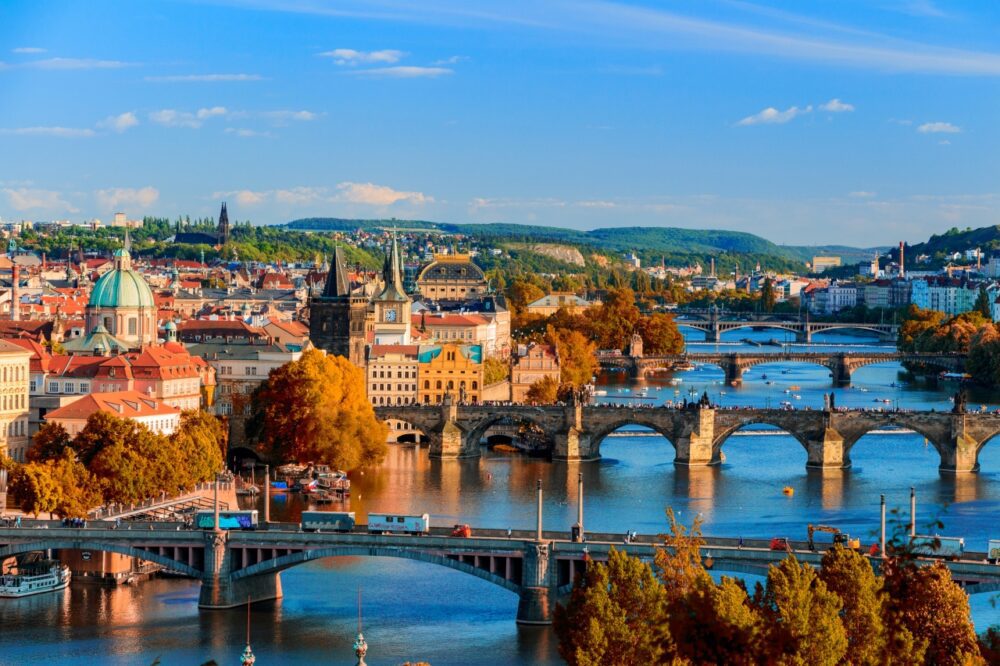
Is Prague worth visiting? Absolutely! The first time I visited Prague, I was blown away by its magical charm. Walking across the Charles Bridge at sunset, with the spires of the Old Town glowing in the distance, felt like stepping into a fairytale. Add in the aroma of fresh trdelník wafting through the streets and the buzz of local life in its lively squares, and it’s no wonder Prague has captivated travellers for centuries.
Located in the heart of the Czech Republic, Prague is a city that oozes history and character. Known as the “City of a Hundred Spires,” it’s home to stunning Gothic and Baroque architecture, cobbled streets, and iconic landmarks like Prague Castle and the Astronomical Clock. But there’s more to Prague than its postcard-perfect looks. Its vibrant cultural scene, world-class beer, and fascinating history make it a destination that’s both inspiring and endlessly entertaining. But is Prague worth visiting for you?
In this blog post, we’ll explore the top 10 reasons why Prague should be on your travel list, from its stunning landmarks to its hidden gems. Plus, we’ll share some insider travel tips to help you plan the perfect trip. Keep reading to discover why Prague is one of Europe’s most enchanting cities.
Table of Contents
Pros – Reasons You Should Visit Prague
1. One of the Most Beautiful and Well-Preserved Historic Cities in Europe

Prague is often called the “City of a Hundred Spires,” and it lives up to its reputation with its stunning medieval skyline. Unlike many other European cities that suffered heavy destruction during World War II, Prague’s historic centre remained largely intact, preserving its fairy-tale charm. From Gothic cathedrals to colourful Baroque buildings and Art Nouveau facades, every street feels like a postcard.
Walking through the Old Town was like stepping back in time. The grand churches, narrow alleys, and beautiful bridges over the Vltava River made the city feel almost magical. Whether it was admiring the astronomical clock in the Old Town Square or watching the sunset over the rooftops, Prague’s beauty was simply unforgettable.
2. The Iconic Charles Bridge
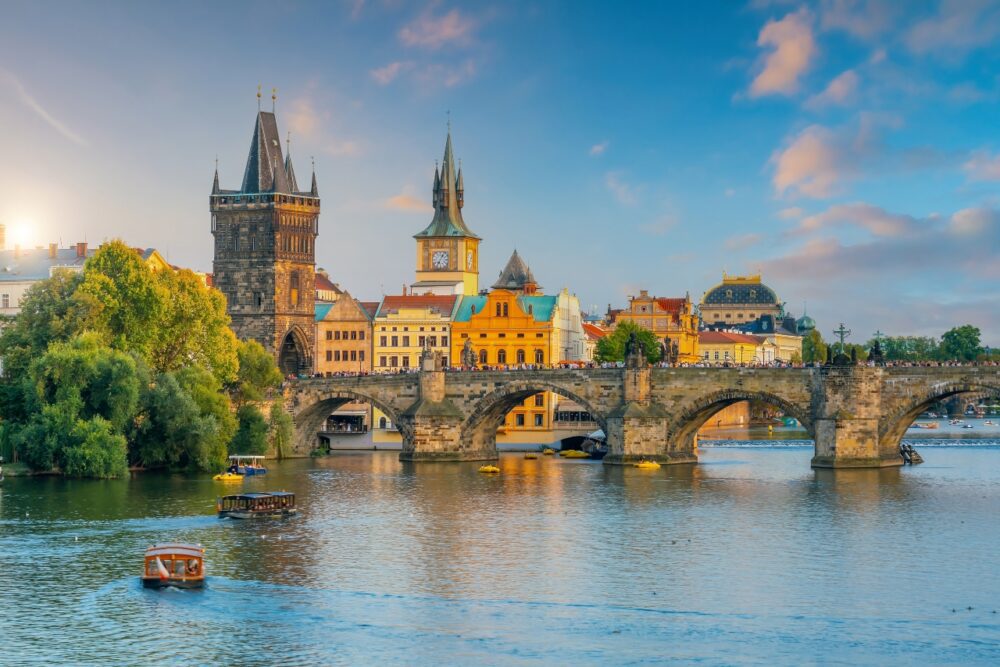
Few places in Europe are as romantic and picturesque as Charles Bridge. Built in the 14th century, this historic bridge connects the Old Town with Prague Castle, offering stunning views of the river and the city’s skyline. Lined with statues of saints, the bridge is not just a pedestrian crossing but an open-air museum filled with history and charm.
I walked across the bridge early in the morning, and it was one of the best decisions I made. With fewer tourists around, I could fully appreciate the atmosphere, the gentle sounds of the river below, and the intricate details of the statues. Later in the day, the bridge becomes lively with musicians, street artists, and vendors, making it a great place to soak up the city’s energy.
3. Prague Castle – The Largest Ancient Castle in the World
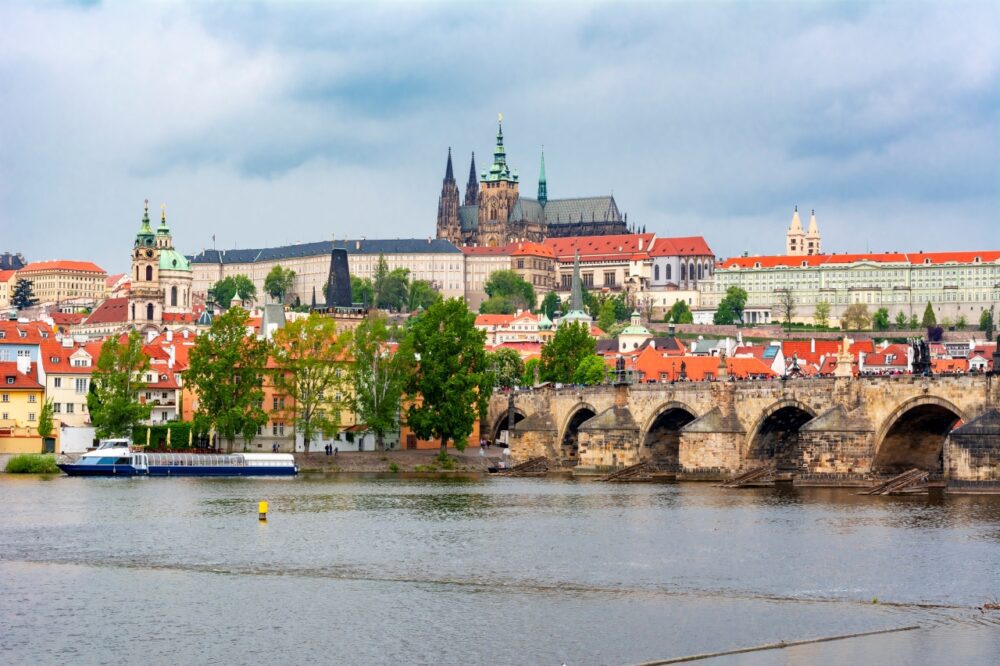
Prague Castle dominates the city’s skyline and is one of the most important historical sites in the Czech Republic. The sprawling complex includes the stunning St. Vitus Cathedral, the Old Royal Palace, and the picturesque Golden Lane, each offering a glimpse into centuries of Czech history.
Exploring the castle felt like discovering a city within a city. The intricate stained glass windows of St. Vitus Cathedral were breathtaking, and the panoramic views of Prague from the castle grounds were worth every step of the climb. The mixture of Gothic, Romanesque, and Baroque architecture made every corner of the castle feel unique and full of history.
4. One of the Best Beer Cultures in the World
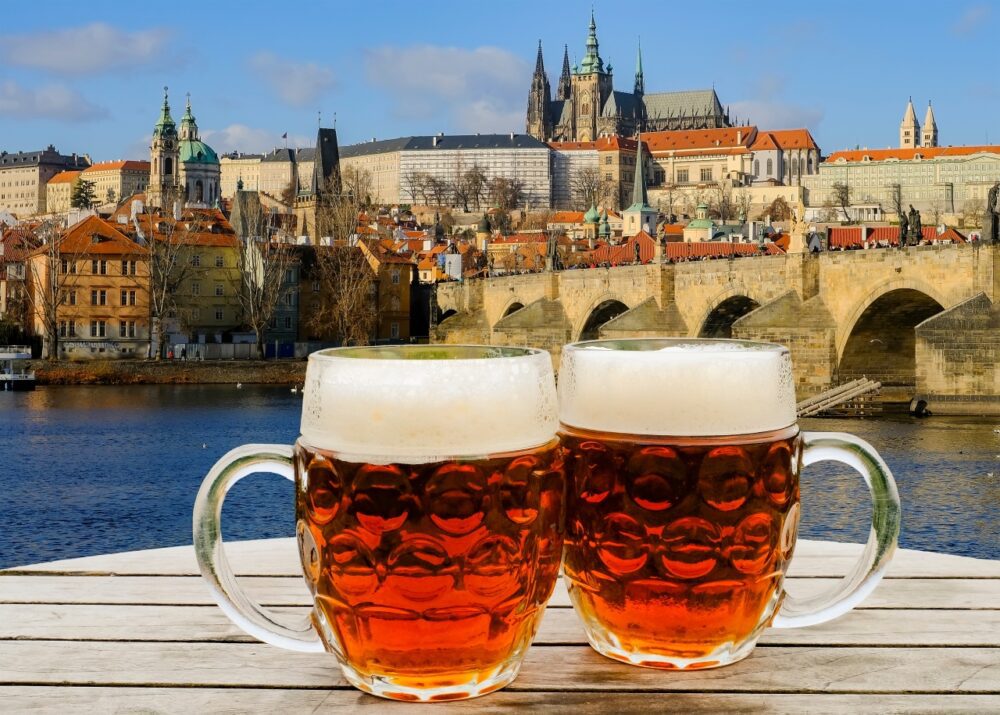
The Czech Republic is famous for its beer, and Prague is the perfect place to experience it. Czechs drink more beer per capita than any other nation, and for good reason—the beer is high quality, inexpensive, and deeply ingrained in the country’s culture. From traditional Pilsners to craft brews, there’s a beer for every taste.
I visited a few historic beer halls, including U Fleků, one of the oldest breweries in Prague, and tried a dark lager that was smooth and full of flavour. The prices were surprisingly low compared to Western Europe, making it easy to enjoy a great beer without breaking the bank. Whether in a centuries-old pub or a trendy modern brewery, Prague is a paradise for beer lovers.
5. A Fairy-Tale Old Town with a Legendary Astronomical Clock
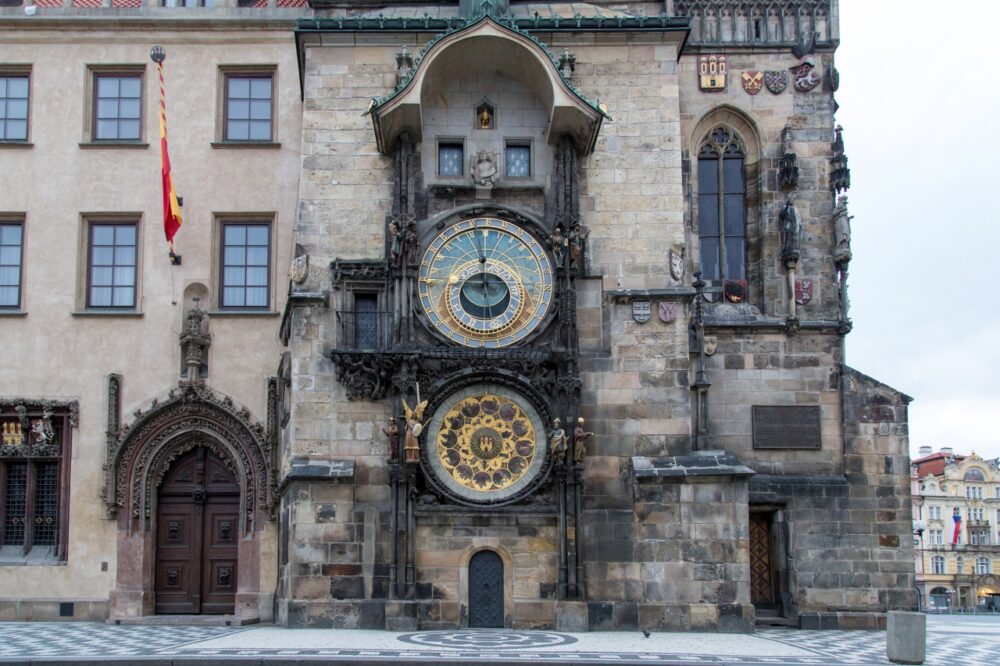
Prague’s Old Town Square is one of the most beautiful in Europe, surrounded by colourful historic buildings, outdoor cafés, and street performers. At its heart stands the famous Astronomical Clock, which has been fascinating visitors since the 15th century. Every hour, the clock puts on a small show, with mechanical figures moving in a display that attracts huge crowds.
Seeing the clock strike the hour was a must-do experience, but what I enjoyed even more was simply wandering the Old Town Square. The vibrant energy, the smell of fresh pastries from street vendors, and the stunning architecture made it a place I kept returning to throughout my trip.
6. An Affordable Destination Compared to Other European Capitals
Despite its growing popularity, Prague remains relatively affordable compared to cities like Paris, London, or Vienna. Accommodation, food, and transport are all reasonably priced, making it an excellent choice for travellers looking for a high-quality European experience without spending a fortune.
I was surprised at how much I could enjoy on a modest budget. A hearty Czech meal with beer cost less than a basic sandwich in some Western European cities, and even entry fees to major attractions were lower than expected. If you want to experience European charm without the high price tag, Prague is one of the best options.
7. A Lively and Diverse Nightlife Scene
Prague has a reputation for being one of the best nightlife cities in Europe, offering everything from traditional beer halls and stylish cocktail bars to underground clubs and jazz lounges. Whether you’re looking for a quiet evening with a pint of Pilsner or an all-night dance party, the city has something for everyone.
I checked out a few bars in the Žižkov district, which has the highest concentration of pubs in Europe, and each one had its own unique atmosphere. Later, I visited a jazz club near the Charles Bridge, where a live band played in a cosy candlelit setting. The variety of nightlife options means that whatever your style, you’ll find a great place to spend the evening in Prague.
8. The Unique Architecture of Dancing House
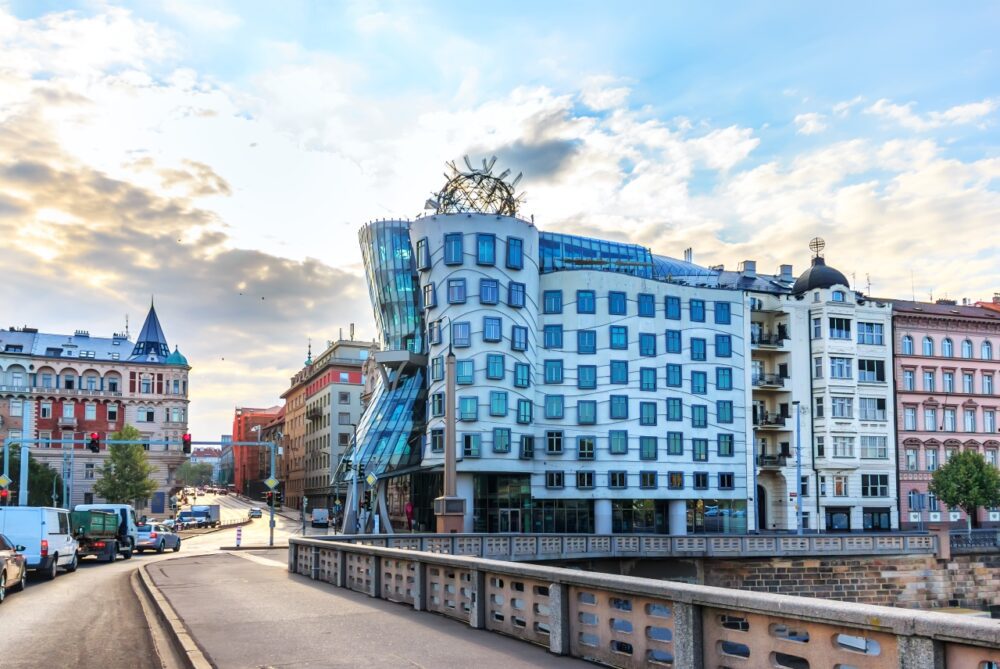
While Prague is famous for its medieval and Baroque architecture, it also has some striking modern landmarks. The Dancing House, designed by Frank Gehry and Vlado Milunić, is one of the city’s most unusual buildings, featuring a curvy, almost surreal design that contrasts with the surrounding historic structures.
Seeing the Dancing House in person was fascinating—it looked almost like it was moving, as if caught in a dance. The rooftop bar offers great views over Prague, making it a perfect stop for anyone interested in architecture or modern design. It’s a great example of how Prague blends tradition with innovation.
9. Incredible Christmas Markets and a Magical Winter Atmosphere
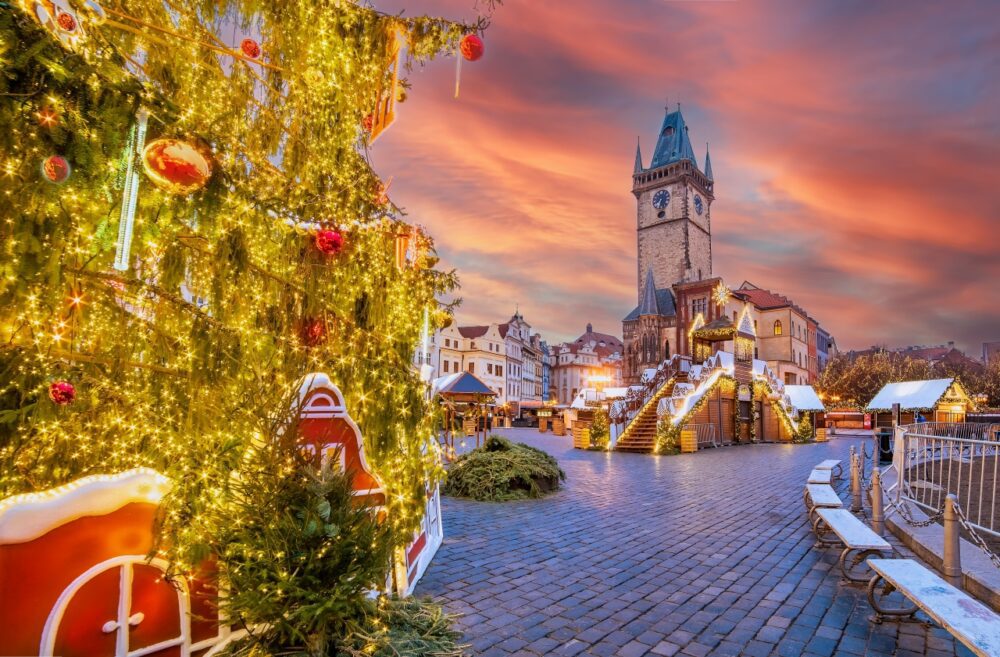
Prague is one of the best European cities to visit in winter, thanks to its festive Christmas markets and fairy-tale holiday decorations. The Old Town Square and Wenceslas Square transform into winter wonderlands, with wooden stalls selling mulled wine, roasted chestnuts, and handmade crafts.
I visited Prague in December, and the atmosphere was magical. Twinkling lights, the scent of cinnamon pastries, and the sound of carol singers filled the air. The city’s historic architecture, covered in a light dusting of snow, made it feel like something out of a Christmas movie. If you love festive travel experiences, Prague’s holiday season is unforgettable.
10. A City That’s Easy to Explore on Foot
Prague’s compact size and pedestrian-friendly streets make it an ideal city to explore on foot. Most of the major attractions, including the Old Town, Charles Bridge, and Prague Castle, are within walking distance of each other. Unlike sprawling capitals where you need to rely on public transport constantly, Prague lets you take in the sights at a relaxed pace.
I loved how walkable the city was. Each stroll revealed something new, from hidden courtyards to unexpected viewpoints over the river. Even in busier areas, it never felt overwhelming, and getting lost in the side streets often led to charming discoveries. For those who enjoy sightseeing without the hassle of long commutes, Prague is a dream destination.
Cons – Things to Consider When Visiting Prague
1. The Old Town Can Get Extremely Crowded, Especially in Peak Season
Prague has become one of the most popular tourist destinations in Europe, and while that speaks to its appeal, it also means that certain areas—especially the Old Town and Charles Bridge—can get overwhelmingly crowded. During the summer months and holiday seasons, the main attractions are packed with tour groups, making it difficult to fully enjoy the city’s charm without feeling squeezed by the crowds.
I visited Prague in late June, and by midday, the Old Town Square was completely packed. Walking across Charles Bridge felt like navigating through a slow-moving river of people, and getting a good photo without dozens of strangers in the background was nearly impossible. If you prefer a quieter experience, visiting in the early morning or during the off-season (spring or autumn) is a much better way to see Prague without the masses.
2. Restaurants and Shops in Tourist Areas Can Be Overpriced
While Prague is generally an affordable city, prices in the main tourist areas—especially around the Old Town Square and Charles Bridge—can be significantly inflated. Some restaurants in these areas charge double or even triple the normal price for traditional Czech dishes, and souvenir shops sell generic items at high markups. It’s easy to end up paying much more than necessary if you don’t venture beyond the most famous spots.
I made the mistake of ordering a meal at a restaurant right on the Old Town Square, only to find that the same dish was available for half the price just a few streets away. The food wasn’t bad, but I could tell it was catered to tourists rather than offering an authentic experience. If you want better prices and a more local feel, it’s worth walking a little further into neighbourhoods like Žižkov or Vinohrady, where the quality is often higher, and the prices are much fairer.
3. Pickpockets and Tourist Scams Are Common in Crowded Areas
Like many major European cities, Prague has its share of pickpockets, particularly in busy tourist areas like the Old Town, Charles Bridge, and around the main train station. While the city is generally safe, visitors need to be aware of their belongings, especially in crowded spaces where thieves take advantage of distracted tourists. There are also occasional tourist scams, such as taxis that overcharge or unofficial currency exchange booths that offer bad rates.
I was extra cautious after hearing stories from other travellers, and while I didn’t experience any problems, I did see a few situations where people were clearly being targeted. One common trick is someone “accidentally” spilling something on you and then offering to help clean it up—while an accomplice tries to grab your wallet or phone. It’s not a major issue if you stay alert, but it’s important to be aware and take basic precautions, like using a secure bag and avoiding obvious tourist traps.
4. The Weather Can Be Unpredictable and Harsh in Winter
Prague experiences all four seasons, but the weather can be unpredictable, particularly in winter. From November to March, temperatures can drop below freezing, and while the snow-covered city looks beautiful, the cold can make sightseeing less enjoyable. Strong winds and occasional rain also mean that even in spring or autumn, you might need to pack extra layers.
I visited in February, and while the city looked magical under a layer of snow, the freezing temperatures made long walks less enjoyable. The wind along the Vltava River was especially biting, and I found myself constantly searching for warm cafés to escape the chill. If you don’t mind the cold, winter in Prague can be atmospheric, but for a more comfortable visit, spring and early autumn offer better conditions for exploring the city.
5. Public Transport is Good but Can Be Confusing for First-Time Visitors
Prague has an excellent public transport system, with trams, buses, and an efficient metro, but it can be a little confusing for newcomers. The ticketing system requires validation, and failing to validate your ticket properly can result in hefty fines if you’re caught by an inspector. Some tram routes have complex numbering, and while the metro is straightforward, not all stations have clear English signage, making navigation slightly tricky for first-time visitors.
I found the metro easy to use once I got the hang of it, but the trams took a little more effort to figure out. Buying tickets from kiosks or machines was simple enough, but remembering to validate them before boarding was crucial—inspectors do random checks, and tourists are often targeted for fines if they haven’t followed the rules correctly. To avoid confusion, downloading a local transport app or using contactless payment options for tickets can make getting around much easier.
When to Visit Prague
The best times to visit Prague are spring (April to June) and early autumn (September to October), when the city is in full bloom or painted in autumn colours. During these shoulder seasons, the weather is mild, and you can enjoy Prague’s stunning architecture, from the Gothic St. Vitus Cathedral to the colourful Old Town Square, without the thick crowds of summer. Summer (July and August) is lively, with outdoor events and festivals, though it’s also the busiest and most expensive time. For a fairytale winter atmosphere, December is magical as Prague’s Christmas markets light up the city’s historic squares, though pack warm layers!
How to Get to Prague
Prague is served by Václav Havel Airport (PRG), located about 17 kilometres from the city centre, with connections on airlines like Czech Airlines, Lufthansa, and British Airways. From the airport, a quick and affordable way into the city is via Airport Express (AE) buses, which connect to Prague’s main train station in around 30 minutes. Taxis and rideshare services are also available, though they’re pricier. Prague is well connected by rail, with regular trains from major cities like Vienna, Berlin, and Budapest; the scenic train journeys offer an easy and relaxed way to arrive in the city.
Where to Stay in Prague
Prague has a range of neighbourhoods to suit all travel styles and budgets:
- Luxury: Malá Strana (Lesser Town) – Set below Prague Castle, this area is quiet yet central, with scenic views and Baroque charm. Top choices include Aria Hotel Prague and Hotel Three Storks, which blend elegance with history.
- Mid-range: Nové Město (New Town) – A lively area near Wenceslas Square, offering a mix of shopping, dining, and historic sites. Mosaic House Design Hotel and Hotel Grandium offer stylish, comfortable stays within easy reach of the Old Town.
- Budget: Žižkov – A trendy district with a bohemian vibe, popular with locals and just a quick tram ride from the centre. Try The Czech Inn or Hostel One Home for affordable stays with a social atmosphere.
Getting Around Prague
Prague is highly walkable, with its main sights—Charles Bridge, the Old Town Square, and Prague Castle—all close together. For longer trips, the Prague Integrated Transport (PID) system of trams, buses, and metro lines is efficient and budget-friendly. Single tickets and day passes are available, and you can hop between all forms of transport on one pass. Prague also has a bike-sharing system, Rekola, which is popular and easy to use, especially for cycling along the river. For a unique view of the city, consider a river cruise on the Vltava, offering a different perspective of Prague’s famous skyline.
How Long to Spend in Prague
Three to four days in Prague gives you ample time to explore its highlights, from wandering the Old Town and walking across the Charles Bridge to exploring Prague Castle and enjoying a traditional Czech meal. With an extra day, you can venture out to Vyšehrad for sweeping views and a bit of local history or take a day trip to Kutná Hora to see the unique Sedlec Ossuary (Bone Church). If you’re a fan of art and culture, a longer stay allows time to explore Prague’s museums and galleries, or simply relax in one of its classic cafes with a view of the city’s timeless architecture.
Conclusion
So, is Prague worth visiting? Without a doubt! With its breathtaking architecture, fascinating history, and vibrant cultural scene, Prague offers something for everyone. Whether you’re marvelling at Prague Castle, enjoying a pint of Czech beer, or wandering through its picturesque streets, the city delivers unforgettable experiences. While it can get busy during peak seasons, the charm and beauty of Prague make it well worth the visit. If you’re ready to explore one of Europe’s most magical cities, start planning your trip to Prague today—you won’t regret it!
